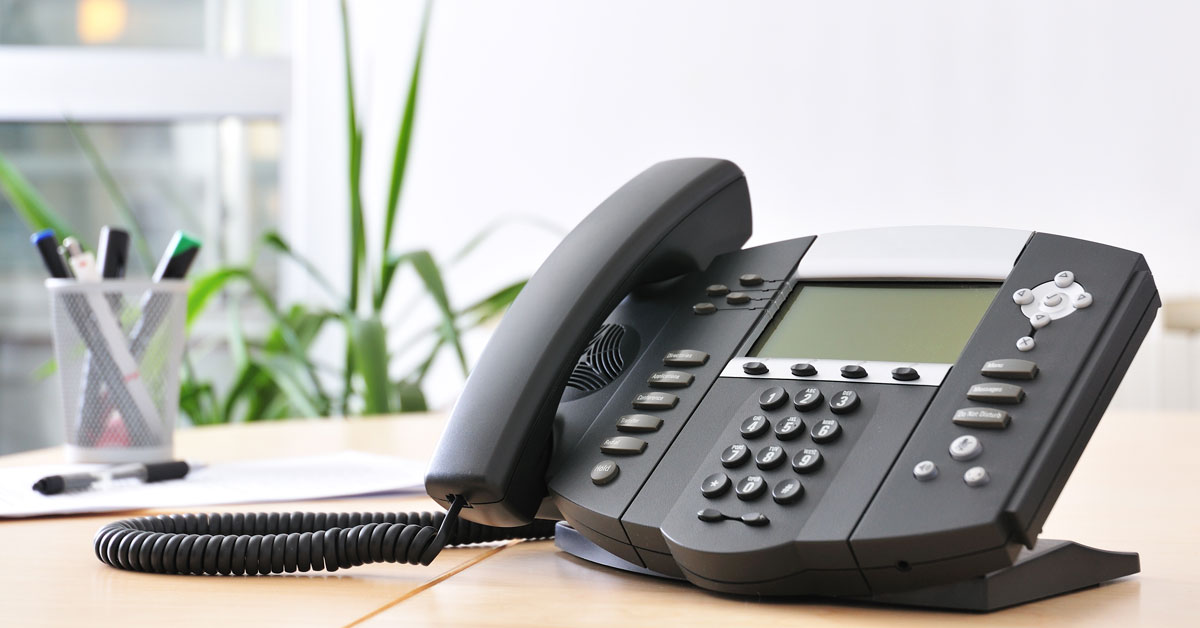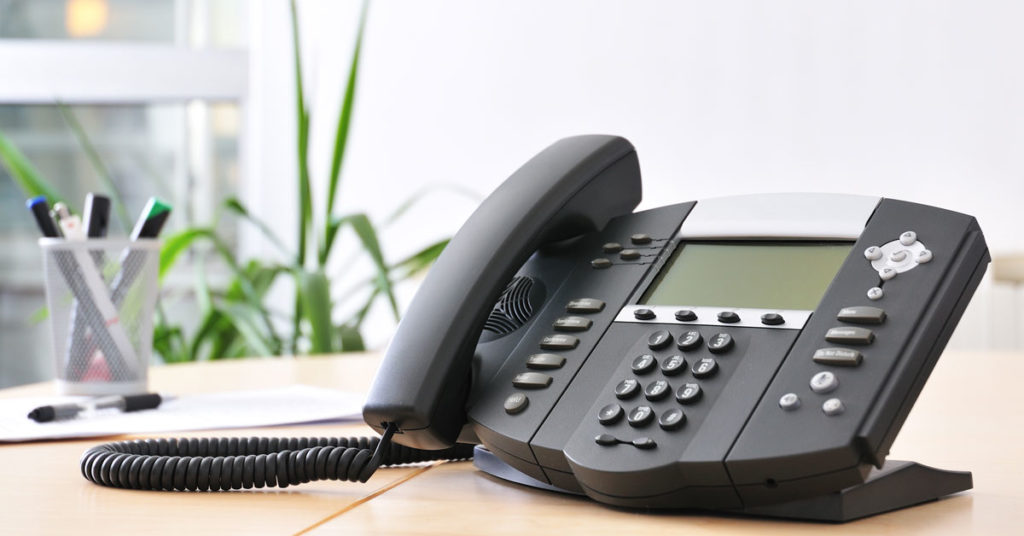 The saying, “You will never get a second chance to make a first impression,” holds true in many aspects of life. Whether meeting a potential employer, a client, or a new patient, most initial opinions are said to be formed within the first 3 seconds of the encounter, or even less. In the majority of medical practices, the receptionist delivers the first in-person impression as well as the first telephone impression. Because receptionists are often inundated with administrative tasks, equipping receptionists to make the best possible first impression is essential to running a successful physician practice.
The saying, “You will never get a second chance to make a first impression,” holds true in many aspects of life. Whether meeting a potential employer, a client, or a new patient, most initial opinions are said to be formed within the first 3 seconds of the encounter, or even less. In the majority of medical practices, the receptionist delivers the first in-person impression as well as the first telephone impression. Because receptionists are often inundated with administrative tasks, equipping receptionists to make the best possible first impression is essential to running a successful physician practice.
In most cases, a new patient will telephone the practice first, long before they ever step foot inside the provider’s office. The REAL first impression happens during the patient’s initial phone call. Patient’s impressions regarding their phone interactions, the responsiveness of staff, and access to care are significant factors in their overall satisfaction and long-term loyalty. Some of the most common patient frustrations and complaints are due to poor service in these key areas. The Clinician and Group Consumer Assessment of Healthcare Providers and Systems (CG CAHPS) survey asks patients several questions specific to their phone experience. Even in today’s digital world, an effective survey instrument includes a comprehensive review of the patients’ telephone experience. A few examples of effective telephone questions include:
- Was your call answered within a reasonable amount of time?
- If a message was left, was the message returned within a reasonable amount of time?
- Was your call handled within a reasonable amount of time?
- Did you receive the answer to your medical question in a timely fashion?
- Did you get an answer to your medical question as soon as you needed?
- Was the length of time you had to wait to see the provider reasonable?
- Was the person who helped schedule the appointment helpful and courteous?
The questions above can be a helpful tool for implementing new standards of customer service. A few best practices include:
1. The phone should be answered within three rings.
2. If a message was left, patients should receive a returned phone call the same day.
3. Patients should be able to schedule an appointment within a ‘reasonable’ timeframe of their desired date, with reasonable being defined by the patient.
4. Depending on the clinical specialty, patients should be able to make same or next day appointments when necessary.
5. Patients should have the option to schedule an appointment via telephone, or via other means such as online patient portals.
First impressions matter more now than ever before. Patients are demanding convenience and better access from their healthcare provider. Measuring patient access helps practices better understand, and most importantly, improve the patient’s experience. Patient assessment tools aid healthcare organizations as they strive to identify and analyze strengths and weaknesses as it relates to the patient experience.

What is M3-Patient Experience® and how does it facilitate continuous quality improvement?
M3-Patient Experience is the proprietary patient feedback system developed and deployed by MedicalGPS, LLC. Since 1995 physician practices have used the M3 software to gauge their patients’ perception of the office experience. The process is simple, yet very powerful. The goal is to acknowledge and express gratitude to every patient immediately following their office visit with the ultimate goal of building stronger patient-provider relationships. As part of the M3 protocol, patients are first thanked for selecting the physician’s practice as their preferred healthcare provider, and then, encouraged to provide feedback relative to their most recent office visit – usually the same day or next day following their visit. Patient submit feedback via in-clinic devices, secure email, or private text message.
The M3-Patient Experience questionnaire is customized by the M3 client and may include up to 13 of the core questions utilized on the CG CAHPS survey instrument. The M3 software provides on-going continuous patient feedback relative to important CG CAHPS measures. Because data is delivered in real-time, M3 clients have opportunities to:
a) perform service recovery soon after the patient’s visit
b) build patient loyalty
c) create a culture of service excellence, all of which results in positive impact to the patient.
Organizations that use M3-Patient Experience in concert with CG CAHPS have on-going intelligence to continuously improve throughout the year. As a result, when the annual CG CAHPS survey is conducted, organizations utilizing M3 score higher than they would have otherwise, and thereby maximize their reimbursement.


